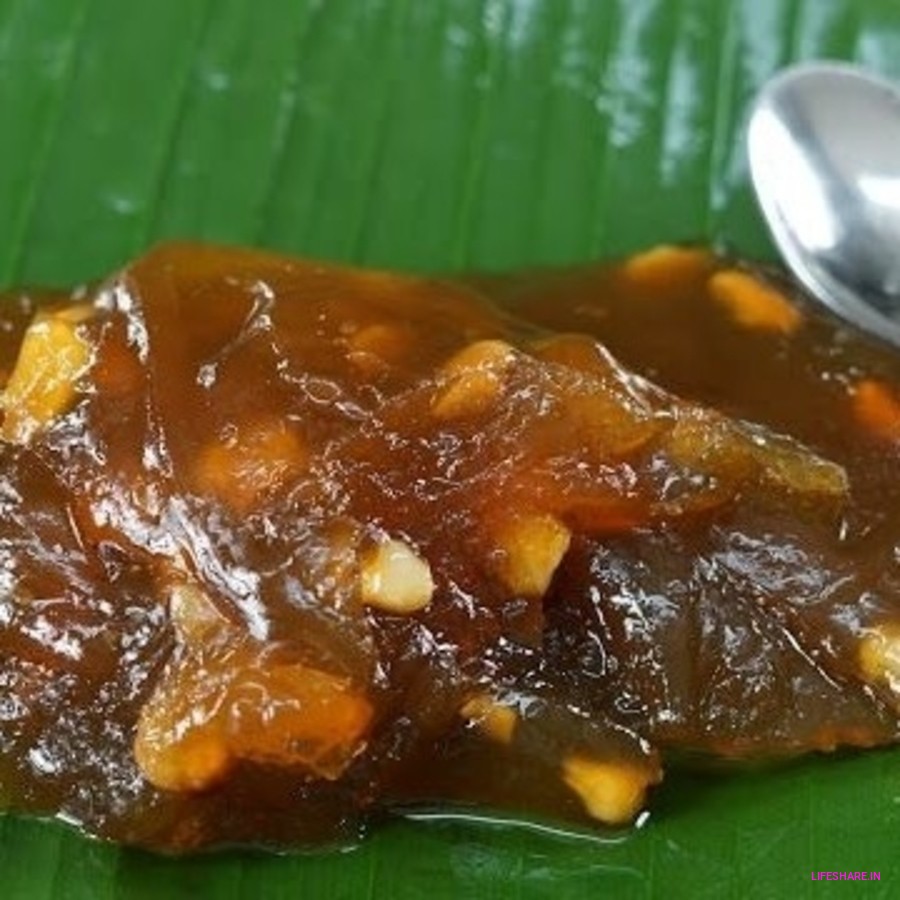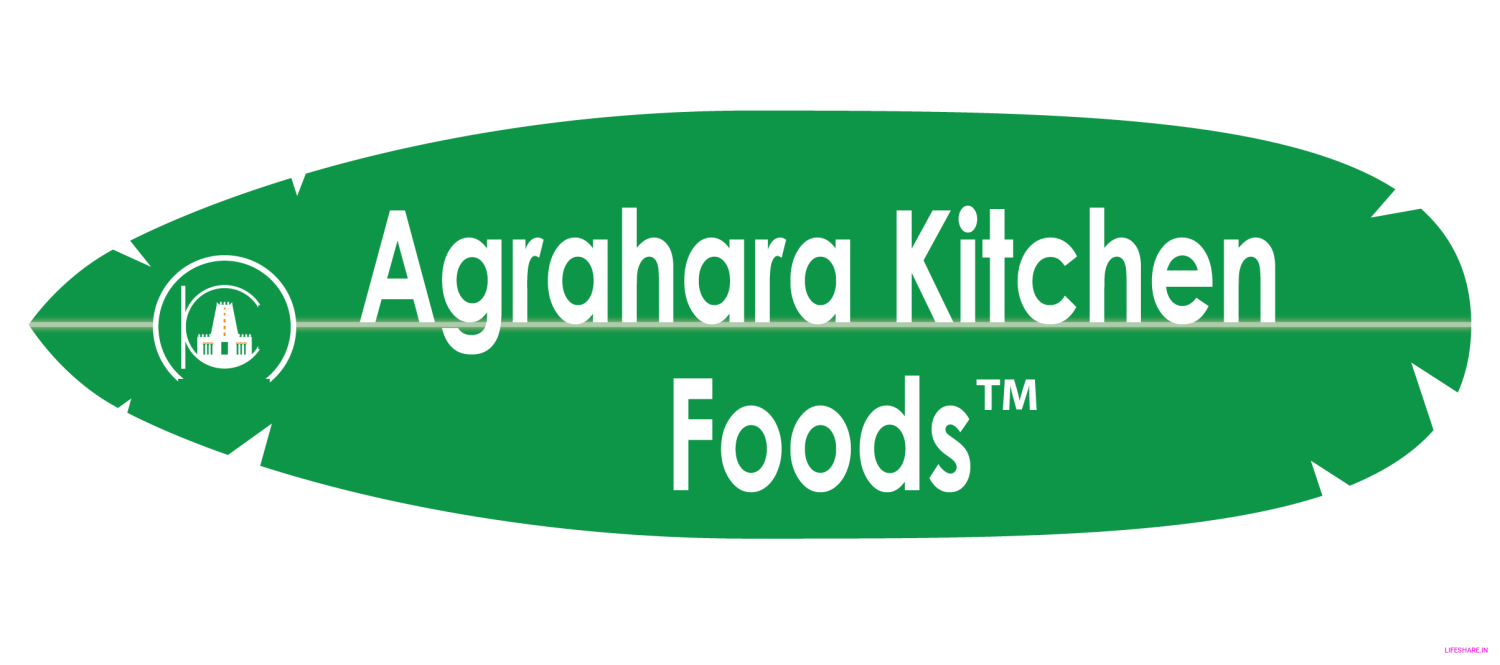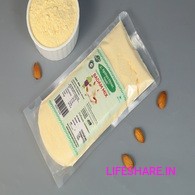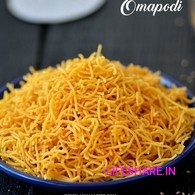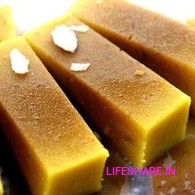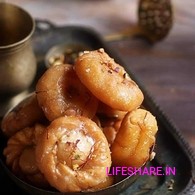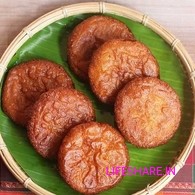Taste
-
Rich, buttery, and indulgent because of the generous use of ghee.
-
Sweet but well-balanced, often enhanced with cardamom.
-
Nutty and slightly caramelized flavor if roasted well.
? Texture
-
Soft, smooth, and melt-in-the-mouth when freshly made.
-
Glossy from ghee, with a slightly chewy bite depending on the recipe (wheat, suji, or flour).
-
Garnished with crunchy cashews, almonds, or pistachios for contrast.
? Ingredients
(Varies by type, but generally includes:)
-
Main base: wheat flour (atta), semolina (rava), or wheat milk (in Tirunelveli-style).
-
Sweetener: sugar or jaggery.
-
Fat: pure ghee (the star ingredient).
-
Flavoring: cardamom powder, saffron (optional).
-
Garnish: roasted cashews, raisins, or almonds.
? Fragrance
-
Strong aroma of ghee mixed with roasted wheat/semolina.
-
Sweet, warm notes of cardamom.
-
Sometimes saffron or rose essence adds a delicate floral fragrance.
? Famous At Where
-
Tirunelveli (Tamil Nadu) → Famous for Tirunelveli Halwa, made from wheat milk and loads of ghee.
-
North India → Ghee-laden Sooji Halwa and Moong Dal Halwa are very popular.
-
Andhra & Karnataka → Known for Kesari Bath (rava kesari) made with ghee.
-
Festivals & Weddings across India → Ghee halwa is a must-have sweet, especially during Diwali and other celebrations.
✨ In short: Ghee Halwa is a rich, aromatic, soft, and glossy sweet dish that melts in your mouth, with ghee as its soul.
Do you want me to also compare Tirunelveli Ghee Halwa vs North Indian Suji Halwa, so you can see the difference clearly?
